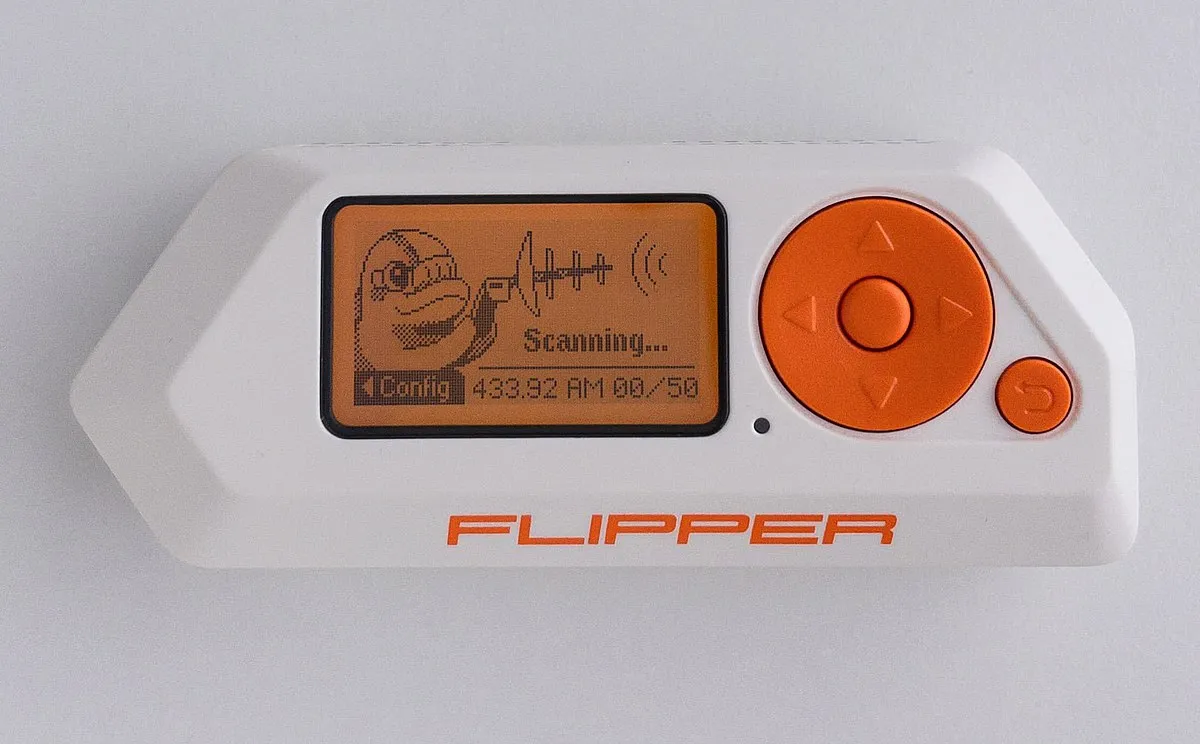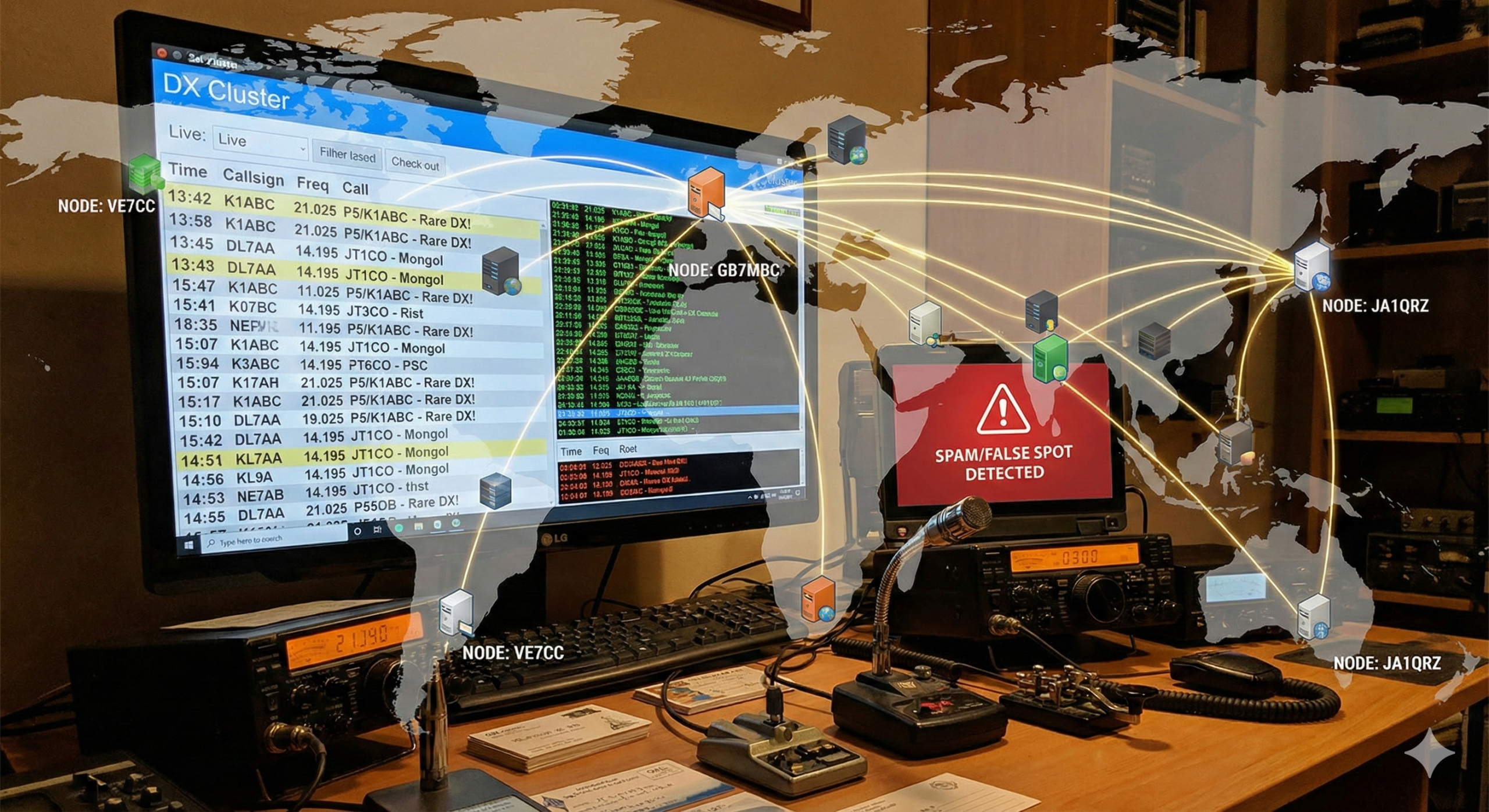amateur radio
flipper zero
ham radio
radio amatur
433mhz rf, amateur radio toolkit, flipper zero, flipper zero amateur radio, flipper zero for hams, flipper zero gpio automation, flipper zero rf limits, flipper zero rf replay, flipper zero signal analysis, gpio flipper zero, ham radio experiments, ham radio tools, radio frequency hacker device, radio frequency testing, radio hobbyist tools, rf experimentation, rf propagation test tool, rfid for hams, rtl-sdr companion, sub-ghz rf hacking
9M2PJU
0 Comments
Exploring Flipper Zero for Amateur Radio: Capabilities, Limitations and Use Cases
Amateur radio is a diverse and ever-evolving field. From HF voice chats to digital modes and satellite communication, there’s no shortage of technology to explore. One tool gaining attention among tinkerers and hobbyists is the Flipper Zero — a compact, hacker-friendly multi-tool designed to interact with various digital and radio systems.
While not built specifically for ham radio, Flipper Zero offers a number of capabilities that can complement an amateur radio operator’s toolkit, particularly in the areas of signal experimentation, RF analysis, and electronics integration.
Let’s take a closer look at what it can — and cannot — do for amateur radio enthusiasts.
🔧 What Is Flipper Zero?
Flipper Zero is a portable, open-source multi-tool equipped with several built-in radios and interfaces:
- Sub-1 GHz RF transceiver (315/433/868/915 MHz)
- RFID/NFC reader and emulator
- Infrared transmitter
- GPIO interface
- 1-Wire/iButton support
- USB HID emulation (BadUSB)
Designed for experimentation and learning, it has become popular among penetration testers, hobbyist hackers, and electronics fans — including some amateur radio operators.
🎯 How Flipper Zero Benefits Amateur Radio Operators
1. 📡 RF Experimentation in ISM Bands
Flipper Zero can transmit and receive low-power signals on license-free bands like 433 MHz, which overlaps with the 70 cm ham band in some regions. This opens up possibilities for:
- Studying signal propagation
- Testing range and antenna performance
- Exploring protocols like OOK, ASK, and FSK used by many low-cost devices
These experiments can serve as a hands-on introduction to radio wave behavior, even without a full transceiver.
2. 🛰️ Analyzing and Replaying RF Signals
With its signal capture and replay capabilities, Flipper allows users to:
- Record transmissions from remote sensors, gates, or switches
- Replay or emulate them to understand how these systems communicate
- Export RF files for further analysis with tools like Universal Radio Hacker or SDR#
While this is mostly used for understanding unlicensed digital devices, it’s a great way for hams to learn how digital modulation and protocols work in real-world RF environments.
3. 📶 DIY Home Automation and GPIO Projects
Flipper Zero includes a GPIO header, which can be used to:
- Control relays or sensors
- Trigger PTT (push-to-talk) on a transceiver
- Integrate with ham shack automation systems
With some creativity, it can be part of a low-power, programmable control system for antennas, amplifiers, or environmental sensors.
4. 🔍 Improving RF Security Awareness
Many radio-based systems in homes and public areas rely on insecure protocols. With Flipper, operators can test whether a device (such as a gate or weather station) is vulnerable to:
- Replay attacks
- Lack of signal encryption
- Weak or static codes
This is valuable not only from a security standpoint, but also to better understand best practices in radio protocol design.
5. 🧰 A Companion to SDR Tools
While Flipper Zero is not a full-spectrum tool, it works well in tandem with a software-defined radio (SDR) like an RTL-SDR or HackRF. The Flipper can record and replay signals, while the SDR provides a visual analysis of the RF spectrum. Together, they offer a more complete platform for radio experimentation.
⚠️ What Flipper Zero Cannot Do for Ham Radio
Despite its many features, Flipper Zero has clear limitations from a licensed amateur radio perspective:
- ❌ It cannot transmit voice or data using standard ham modes (FM, SSB, CW, digital)
- ❌ It does not cover the full HF, VHF, or UHF ham bands
- ❌ It lacks the power and modulation options of a transceiver
- ❌ It is not a spectrum analyzer — it can detect signals, but not display wideband RF activity
- ❌ It cannot decode or transmit APRS, FT8, PSK31, or other ham-specific digital modes natively
In short, it is not a replacement for a proper amateur radio transceiver or SDR setup. Rather, it complements those tools by enabling niche experiments, automation, and learning.
🧪 Project Ideas for Hams Using Flipper Zero
If you’re a licensed amateur radio operator looking to get more out of your Flipper, here are some potential uses:
- ✅ Record and replay 433 MHz weather station transmissions for analysis
- ✅ Reverse engineer cheap RF relay modules often used in shack automation
- ✅ Build a GPIO-controlled PTT switch or CW keyer
- ✅ Log and replay signals for antenna propagation testing
- ✅ Combine with SDR to analyze unknown RF signals
🔚 Conclusion
Flipper Zero is a fascinating and flexible device that fits well into the toolbox of a curious ham radio operator. While it won’t replace your transceiver or antenna analyzer, it does open the door to exploring RF signals, home automation, and digital protocols in a way that’s accessible, educational, and fun.
If you’re the type of amateur operator who enjoys tinkering, testing, and learning, Flipper Zero could be a valuable companion for your next experiment.







Post Comment